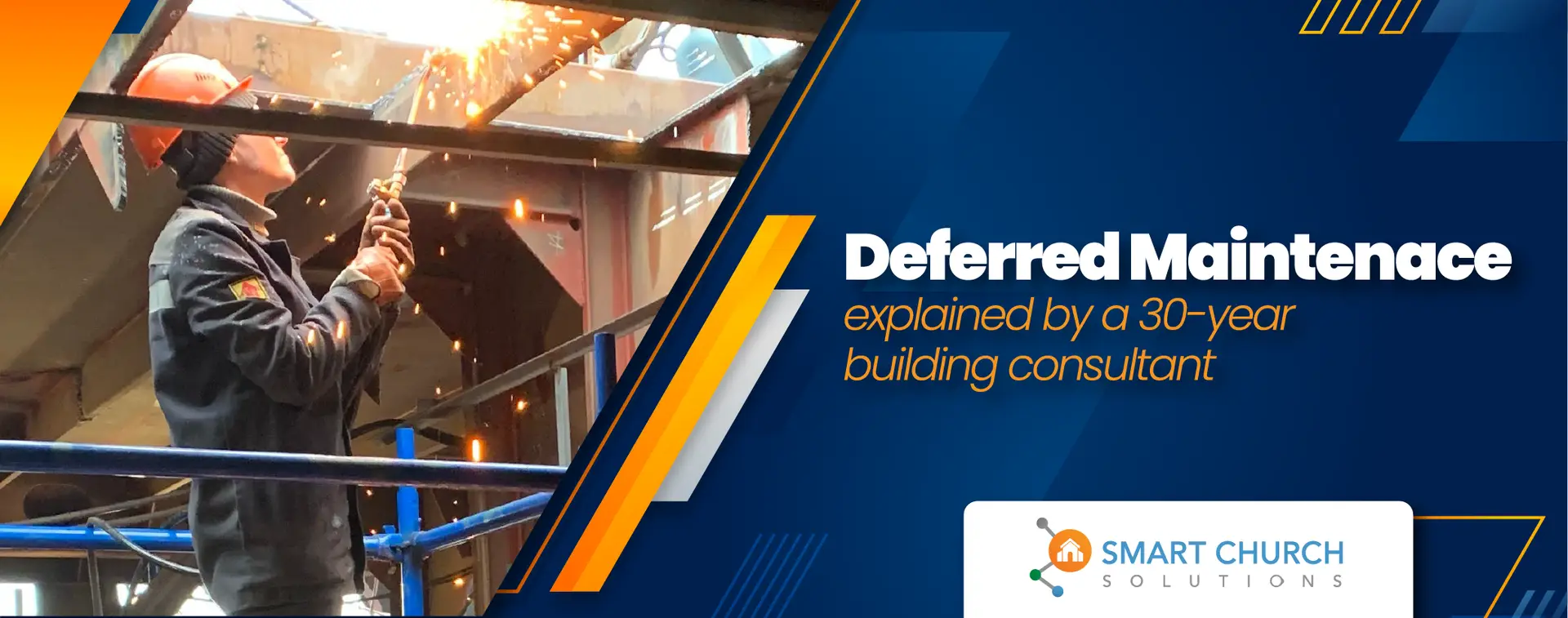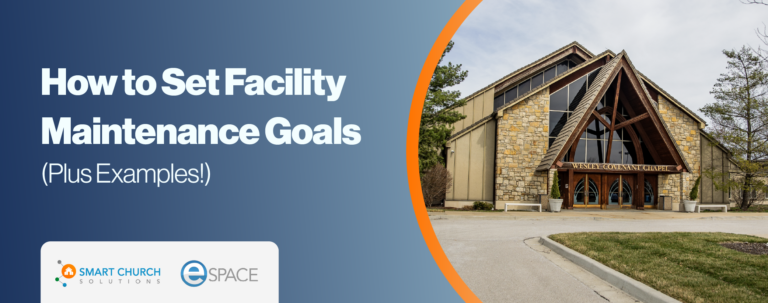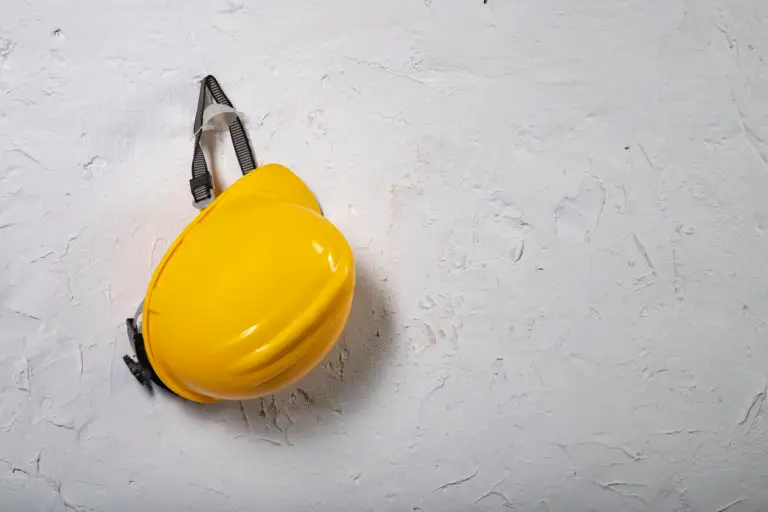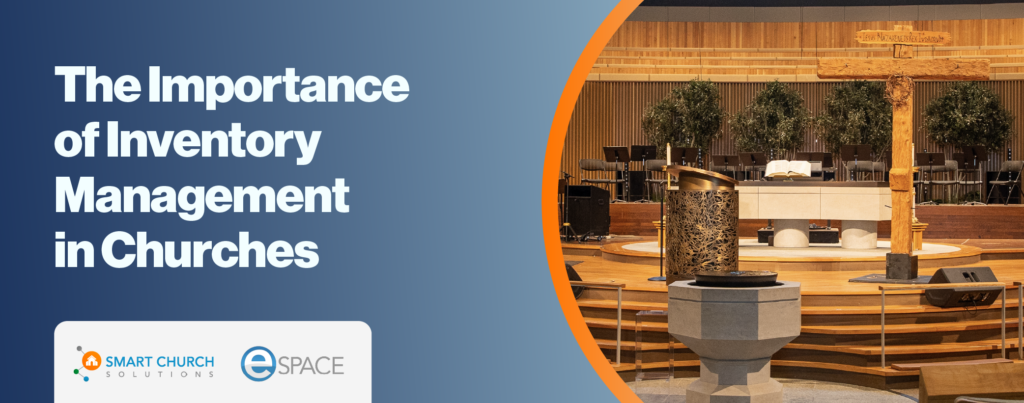As a church facility manager (or, as we say, facility steward), you should understand the importance of maintaining a safe, functional, and welcoming environment for your congregation. However, with limited resources and competing priorities, it can be easy to let maintenance tasks fall by the wayside (or even ignore them intentionally or unintentionally). This practice is known as deferred maintenance.
In short, deferred maintenance is a practice that can have detrimental effects on church buildings, impacting not only their structural integrity but also the overall perception of the church. In the following paragraphs, we will explore what deferred maintenance means, its hidden costs, and the steps facility stewards can take to conquer this common challenge.
What Does Deferred Maintenance Mean?
To start, let’s go back to basics. Deferred maintenance involves postponing necessary repairs and upkeep to save money in the short term. To sum it all up in one simple sentence, deferred maintenance is the silent killer. While putting off tasks for the future may seem like a cost-saving measure in the short term, it can lead to many problems and significantly increase costs in the long run.
According to two well-researched reports on the cost of deferred maintenance for public school systems, they both agreed the cost of waiting until the total failure of equipment would cost the schools more; how much more varied widely between the two reports and similar publications. Essentially, every dollar not spent to address deferred maintenance can increase future repair costs by a multiplier between 4 and 30.
“If a necessary repair is deferred and allowed to remain in service until the next level of failure, the resultant expense can be up to 30 times the early intervention cost…If you believe everything belongs to God and that He has entrusted His ministry facilities to us to steward, then you cannot take this lightly.” — Tim Cool, CEO.
Hidden Costs of Deferring Maintenance
The consequences of deferred maintenance extend far beyond the initial financial savings. Therefore, here are five of the hidden costs that churches often face:
1. Emergency Repairs
When minor issues are ignored, they often escalate into more significant problems, requiring expensive emergency repairs. These unexpected costs can strain your church’s budget and divert resources away from other vital needs. Delaying necessary repairs can result in emergency situations, where the cost of addressing the issue is significantly higher than if it had been dealt with proactively.
2. Shorter Asset Life
Deferred maintenance can shorten the lifespan of your church’s assets, such as HVAC systems, roofing, and plumbing. You will have to replace these assets more frequently, resulting in higher overall costs.
3. Collateral Damage
When one part of a building is not maintained correctly, it can stress other components, leading to premature wear and tear. This collateral damage can severely multiply the costs of deferred maintenance.
4. Reduced Equipment Efficiency
Neglected equipment operates less efficiently, increasing energy consumption and utility costs. Moreover, inefficient equipment can lead to breakdowns and disruptions to church activities.
5. Negative Effect on Guest Impressions
The condition of your church building speaks volumes about your organization’s priorities. If your facility is visibly in disrepair, it can create a negative impression on guests, potentially affecting attendance and support.
“If your facility has a great deal of deferred maintenance, it does not matter what we say we value as a group; the visible condition of a facility, if it is in disrepair, shouts out our priorities.” — Nathan Parr, Facility Stewardship Specialist
The 4 Keys to Conquering Deferred Maintenance
All in all, tackling deferred maintenance requires a proactive and comprehensive approach. Therefore, here are four key steps our team has identified to conquer this challenge:
1. Identify Your Deferred Maintenance
The first step in addressing deferred maintenance is acknowledging its existence. Many churches lack an understanding of their deferred maintenance issues due to the busyness of daily operations. A fresh perspective can be valuable in identifying and assessing these issues.
“The first step in nearly any issue in life is first to recognize an issue. If we do not acknowledge an issue, how can we resolve it? In most churches, there is a lack of understanding of deferred maintenance issues. We get so busy with budgets, doing church,’ break/fix items, etc., that we do not stop to take time to see the trees for the forest. In many cases, even if you took the time, you may not know what you are looking for. This is where a set of ‘fresh eyes’ can be beneficial.” — Tim Cool, CEO
2. Provide Adequate General Maintenance Budgets
The church claims to be an organization focused on being “good stewards,” yet we allow our buildings to deteriorate under our feet. Allocating sufficient budgets for general maintenance ensures that routine upkeep is addressed. This proactive approach can help prevent minor issues from escalating into major problems.
3. Properly Staff Your Facility Team
Having a well-trained and adequately staffed facility team is crucial for addressing maintenance needs promptly and efficiently. (As a note, this may involve hiring additional personnel or providing training opportunities.)
4. Have a Properly Funded Capital Reserve Plan
Establishing an adequately funded capital reserve plan is essential for addressing long-term maintenance needs and preventing the accumulation of deferred maintenance issues. This plan should be regularly reviewed and updated based on your facility’s needs.
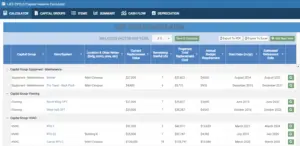
Damage Caused by Deferred Maintenance
Tackling deferred maintenance requires a proactive and comprehensive approach. When we aren’t proactive, damage occurs, such as the following:
Structural Damage
One of the biggest problems with deferred maintenance is that it can lead to structural damage. If a church building is not correctly maintained, it can suffer from issues like water damage, rot, and other problems that can weaken its foundations and walls. In turn, this can ultimately lead to the building becoming unsafe, which could put people at risk.
Problems with Major Systems
Neglecting major systems like plumbing, heating, and electrical can result in breakdowns, causing disruptions to church activities.
Deterioration
Deferred maintenance contributes to the deterioration of both exterior and interior surfaces, negatively impacting the building’s aesthetics and posing potential safety risks.

Facility Condition Assessments and Deferred Maintenance
Regardless of where you stand, you must know how much money you may be wasting and how much money you may need to get back to break even on deferred maintenance. Facing the reality that you may have some issues is step one. The next step is having your facilities assessed.
But don’t stop there.
You must also develop a strategy to eradicate deferred maintenance while managing efficient operational budgeting and capital reserve planning. I understand that this is going to feel overwhelming — I get it. But the more you delay, the worse it will get.
However, you do not need to do this alone; our team is here to help. Seeking professional guidance (such as through our Facility Condition Assessments) can provide a clear understanding of the financial implications and necessary steps to address deferred maintenance. Don’t let deferred maintenance jeopardize your church’s facility and the well-being of your congregation.
Bottom Line: For church leaders committed to stewardship principles, addressing deferred maintenance is a vital responsibility. Schedule a Facility Assessment Exploration today and take the first step toward conquering deferred maintenance, ensuring your church facilities align with the principles of responsible stewardship.


